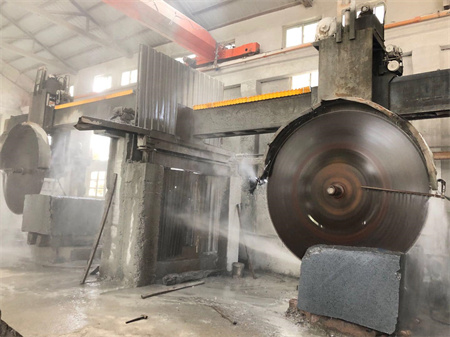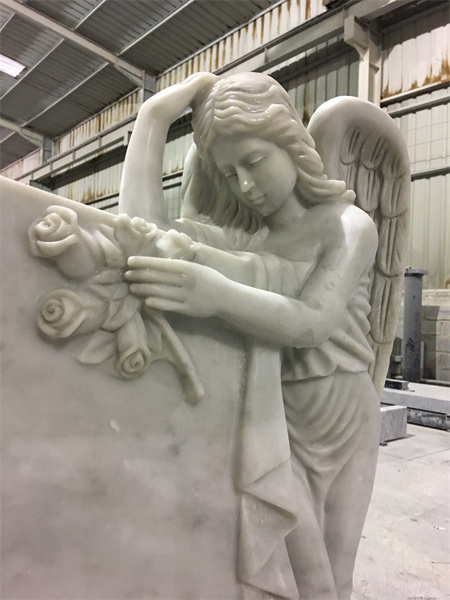Why Proper Installation Is Key for Granite Memorial Stones

Why Proper Installation Is Key for Granite Memorial Stones
Granite memorial stones hold a special place in our hearts and communities. They serve as lasting tributes to loved ones, preserving their memory for generations. When it comes to installing these stones, however, many people underestimate the significance of proper installation. While the beauty and permanence of granite are beyond dispute, it’s the careful, precise installation that ensures the memorial not only stands the test of time but also maintains its integrity and dignity over the years.
Imagine standing in front of a granite memorial, a solid piece of history that honors a life lived. For most, these stones are more than just markers—they are symbols of love, remembrance, and respect. But, despite granite’s reputation for durability, its longevity is heavily influenced by how well it’s installed. The process is more intricate than simply placing the stone on the ground; it involves careful planning, skilled craftsmanship, and a deep understanding of the environment in which the stone will rest.
Granite is a heavy material, and improper installation can lead to a variety of issues. Over time, a memorial that isn’t securely anchored might lean, tilt, or even shift entirely. This can occur due to several factors, such as ground settling, improper foundation, or the absence of proper support structures. Even the most durable granite will fail to stand strong if it doesn’t have the right base to support its weight. Over time, these problems can create a disorienting, disrespectful experience for visitors and family members, detracting from the memorial’s significance.

Furthermore, installing a granite memorial is not a one-size-fits-all process. Different types of memorials may require different installation methods, depending on the design, size, and location. For instance, larger, more elaborate monuments may need additional support structures, such as braces or steel supports, to ensure stability. In contrast, smaller stones might only require a simple installation with a concrete foundation. Additionally, the ground conditions of the installation site play a crucial role. The soil must be assessed for stability and moisture content. Wet, unstable soil or areas prone to flooding could undermine the memorial’s integrity. It’s essential to account for these variables in the planning process to avoid future complications.
Another key aspect of proper installation is ensuring that the memorial is positioned correctly. A memorial stone should be placed in a way that respects the aesthetic preferences of the family while also honoring the intended purpose of the stone. For instance, some memorials are meant to be viewed from a particular angle, or the engraving on the stone might carry special significance in relation to the landscape. A skilled installation team will ensure that the memorial is aligned correctly and placed in an optimal spot, enhancing its visibility and creating a peaceful, respectful environment.

Granite memorials are not just markers—they are lasting tributes that should endure for generations. A memorial is a symbol of life, love, and remembrance, and it deserves to be treated with the utmost respect. Proper installation ensures that the stone remains secure, beautiful, and intact for years to come. Whether it’s in a cemetery, a park, or a family plot, a granite memorial should stand tall, proud, and unmoved by time.
In the end, investing in the proper installation of a granite memorial stone is an investment in the future—one that honors the memory of those we’ve lost and ensures that their legacy is protected for years to come.